
 |
Home | Tibet References | Contact |
Links To Photo Galleries
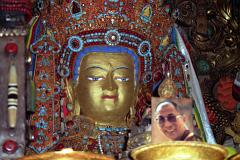
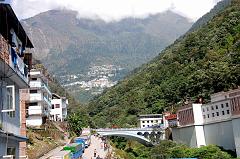

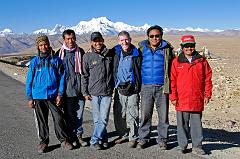
Links To YouTube Videos
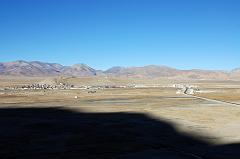
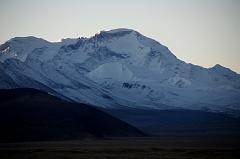
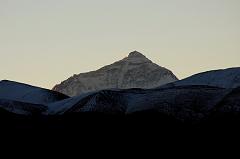
Updated: January 2012. Click on an image to see the FULL size with a caption.
"Tibet will rise again one day
because suppression has never been successful in the long run
It is the eternal wish of humankind to live in freedom,
to have one's own thoughts, to experience well-being,
and to lead the life of a human, not of a robot or slave.
Even if the Chinese leave nothing but ashes in Tibet,
we Tibetans, we firmly believe:
Tibet will rise again as a free country, even if it takes a long time."
- The 14th Dalai Lama
"First they ignore you, then they laugh at you, then they fight you, then you win." - Gandhi.
Please see separate sections on Mount Kailash, the Guge Kingdom in Western Tibet, Mount Everest, and Shishapangma.
Lama Anagarika Govinda's words in his book 'The Way of the White Clouds', originally published in 1966, still ring true today: "Why is it that the fate of Tibet has found such a deep echo in the world? There can only be one answer: Tibet has become the symbol of all that present-day humanity is longing for. As on a gigantically raised stage we witness the struggle between two worlds, which may be interpreted, according to the standpoint of the spectator, either as a struggle between the past and the future, between backwardness and progress, belief and science, superstition and knowledge - or as the struggle between the spiritual freedom and material power, between the wisdom of the heart and the knowledge of the brain, between the dignity of the human individual and the herd-instinct of the mass, between the faith in the higher destiny of man though inner development and the belief in material prosperity through an ever-increasing production of goods."
The book The Story Of Tibet: Conversations With The Dalai Lama by Thomas Laird has a good description of Tibet: "The Tibetan Plateau (2.5 million square kiolmeters, or 965,000 square miles) ranges over the highest mountains on earth, sandy deserts, immense gorges, two-mile-high fertile plains, densely forested valleys, and vast treeless plateau. Tibet juts up like a high-altitude island rising from the lowlands around it. It is the highest, largest plateau in the world. The himalayas line the southern edge of the plateau, the Pamirs and the Hindu Kush guard the western edge, while the Kunlun parade along the northern ramparts. Five of the planet's greatest rivers drain off the plateau to the east: the Mekong, Salween, Tsangpo / Bhramaputra, the Yellow, and the Yangtse. It has historically been sparsely populated, and remains so today."
The book Tibet: Escape From The Roof Of The World by Dieter Glogowski and Franz Binder describes the plight of Tibetan refugees: "The tragedy of Tibet's refugees began in 1959 when the Dalai Lama went into exile in India. ... Until today, each year more than 30,000 Tibetans have been escaping at great risk of life and limb; almost half of them monks or nuns, almost one third children and youths. ... Most refugees take the path across the almost 5,800-meter high (19,028 ft) Nangpa-la pass, leading from Tingri in South Tibet to the Khumbu area in Nepal. ... For China the refugee issue means a serious loss of face in the eye of the public world, because it is evidence to the fact that the Tibetans are not at all happy with the 'socialistic paradise,' which had been established in Tibet by the force of arms."
Please keep a balanced outlook and see things from both the Chinese and Tibetan views. Trying to make the Chinese out to be absolute devils or seeing the Tibetans as perfect spiritual beings is just not reality.
"Have compassion and work for peace.
And I say it once again: never give up.
No matter what happens, do not give up."
- The 14th Dalai Lama